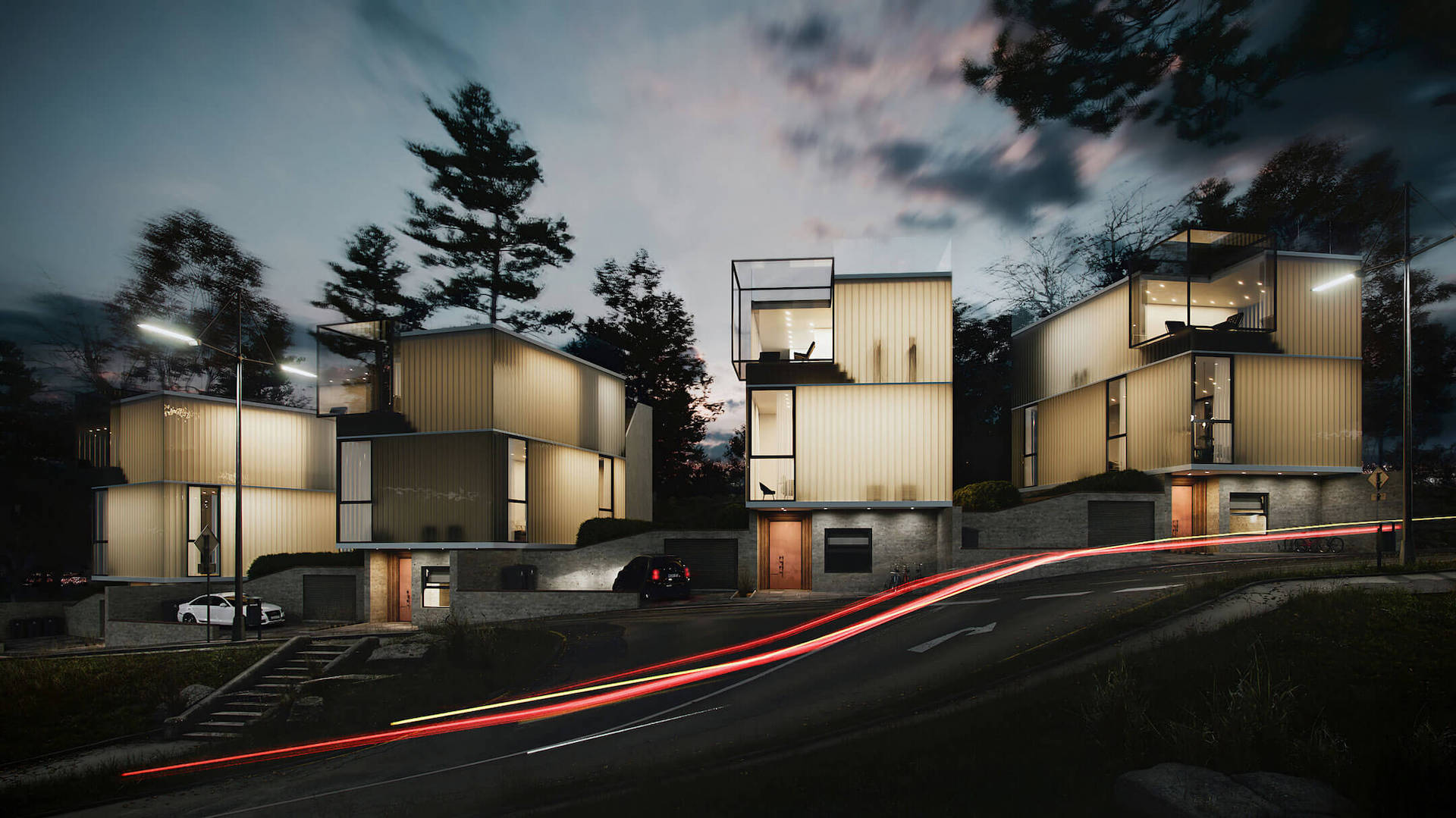Interior design has always been a visual field, relying heavily on the ability to imagine and create spaces that are aesthetically pleasing and functional. However, with the advent of 3D visualization technology, the way interior designers work has been revolutionized. This article will explore the impact that 3D visualization has had on the field of interior design, and how it has changed the way designers communicate their ideas, collaborate with clients, and bring their visions to life.
One of the biggest advantages of 3d visualization interior (also known as ‘ 3d visualisering interiør’ in the Danish Language) design is its ability to improve communication and understanding between designers and clients.

Traditionally, designers would rely on 2D drawings and sketches to convey their ideas, which could often be difficult for clients to fully grasp. With 3D visualization, designers can create realistic, immersive renderings that allow clients to visualize the final result more accurately.
Another significant impact of 3D visualization on interior design is the streamlining of the design process. In the past, designers would often spend hours creating multiple drafts and iterations of a design, trying to convey their vision effectively. With 3D visualization, designers can create virtual models of their designs and make changes in real time, saving both time and effort.
3D visualization has also had a significant impact on the cost and time associated with interior design projects. Traditionally, designers would have to create physical prototypes or samples of their designs, which could be time-consuming and expensive. With 3D visualization, designers can create virtual prototypes that are not only more cost-effective but also faster to produce.
3D visualization has also had a profound impact on the way interior designers present and market their work. With realistic 3D renderings, designers can create visually stunning presentations that effectively showcase their ideas and talent. These renderings can be used in marketing materials, websites, and social media platforms to attract potential clients and differentiate themselves from competitors.
